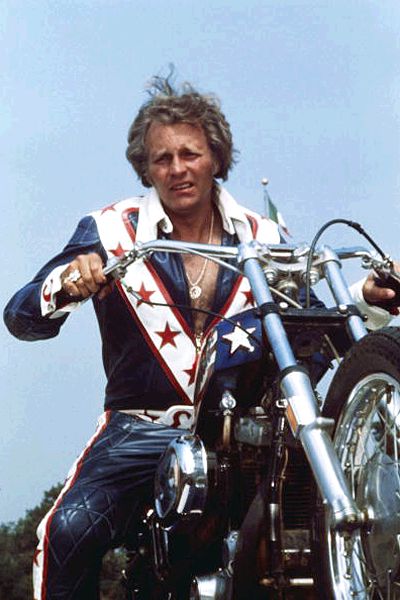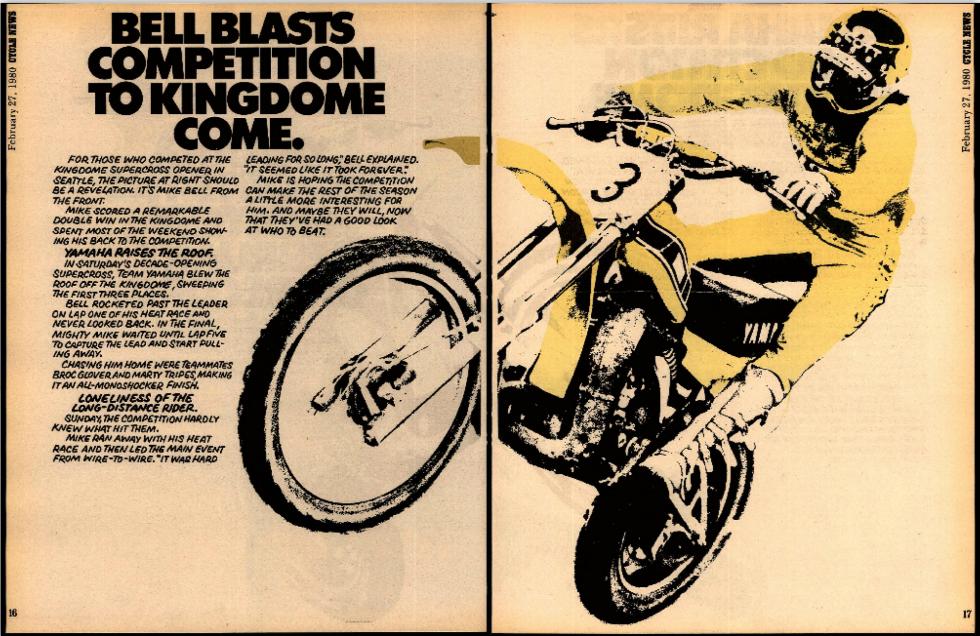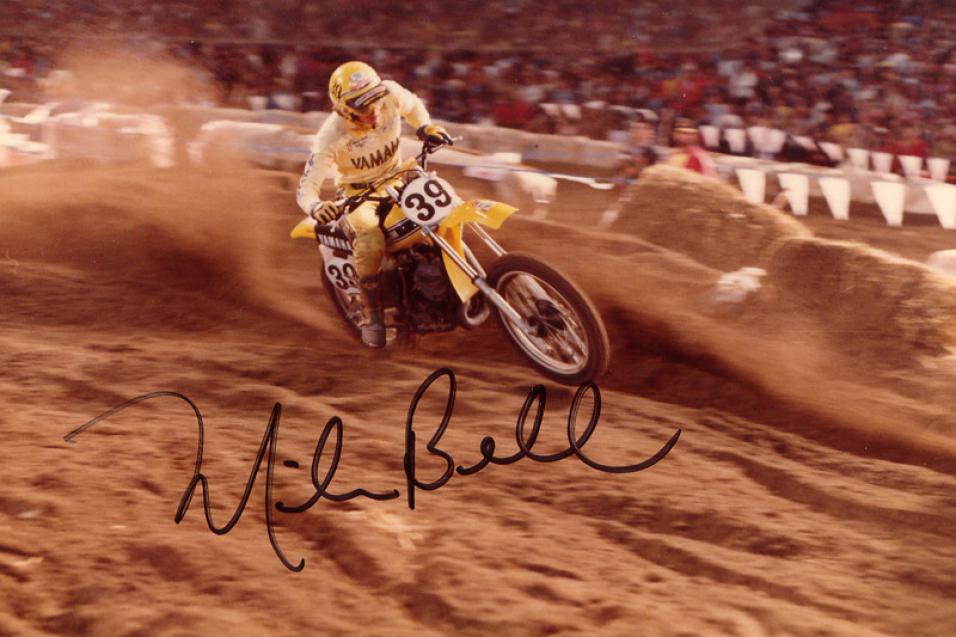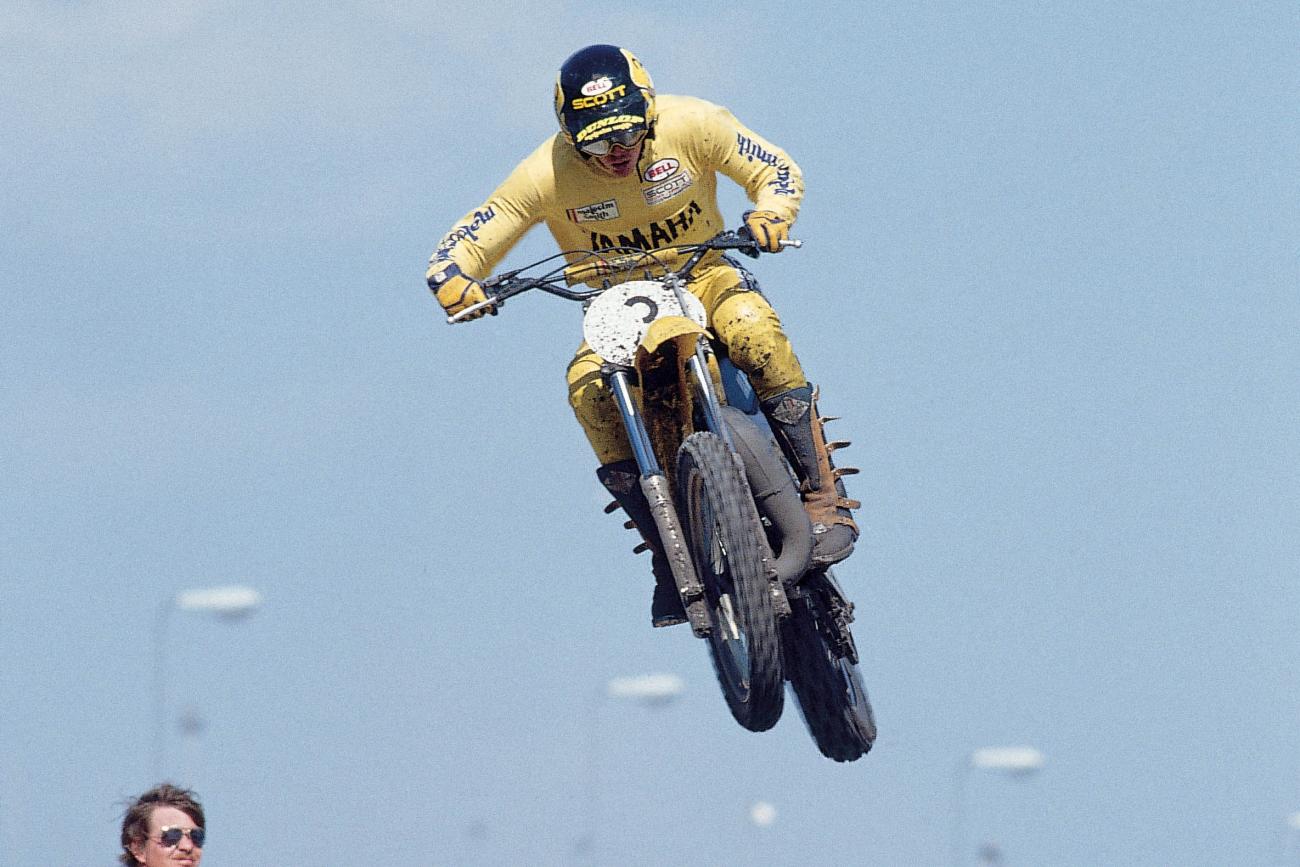



The Art of the Motorcycle exhibit opens at the Solomon R.Guggenheim Museum in New York City.
The Art of the Motorcycle exhibition presented 114 bikes chosen for their historic significance and/or design excellence. The exhibition attracted the Guggenheim's largest crowds ever. Rock star crowds. It was reported that some people waited in line for over three hours. The exhibit received mixed but positive reviews in the art world, with the exception of some snobby art critics who turned their noses at the very thought of such a show desecrating the hallowed halls of the Guggenheim. Please.
The thought of turning the Guggenheim into a three month long bike show came from the gas and oil-stained mind of then director Thomas Krens, an admitted lover of two-wheeled art himself, and supported by a novel corporate tie-in with BMW. The motorcycles were selected by both motorcycle and art historians, plus the help of Guggenheim advisers. The exhibition was described by historian Jeremy Packer, "... as representing the end of a cycle of demonization and social rejection of motorcyclists, followed by acceptance and reintegration that had begun with the mythologized Hollister riot of 1947 and ended with the high-end marketing of motorcycles and the newly fashionable biker image of the 1980's and 1990's. A long-overdue celebration of the sport, the machines and the pioneers they love."
A few mouth-watering samples in case you missed it...The 1894 German built two cylinder, water cooled, four-stroke, 1,489cc Hildebrand & Wolfmüller, the 1907 air cooled, F-head Curtiss V8 that set the unofficial land speed record of 136.36 mph, a 1926 Brough Superior SS100 Alpine Grand Sport, 1915 1000cc Indian 8-valve board track racer, 1923 1000cc Harley-Davidson 8-valve board track racer, 1937 500cc Triumph Speed Twin, 1974 Ducati 750SS, 1969 Norton 750 Commando Fastback, 1930 740cc Excelsior Super X, 1931 497cc Ariel Square Four and a 1924 498cc Moto Guzzi C4V. My palms are sweating and there were 103 more I haven't even mentioned.
With over 2 million visitors in New York, Chicago, Bilbao, Spain and the Guggenheim Las Vegas, it became the most successful exhibition of industrial design ever assembled, and one of the most attended museum exhibitions of any kind, ever. In the words of Billy "Flint" Williams, "Fuckin' A, brother. Fuckin' A."
The mind blowing exhibition ran until September 20, 1998, giving motorcycle geeks, such as Flint and myself, plenty of time to gawk, drool and quiver.
Today in motorcycle history proudly supports the National Association for Bikers with a Disability (NABD). www.nabd.org.uk

























